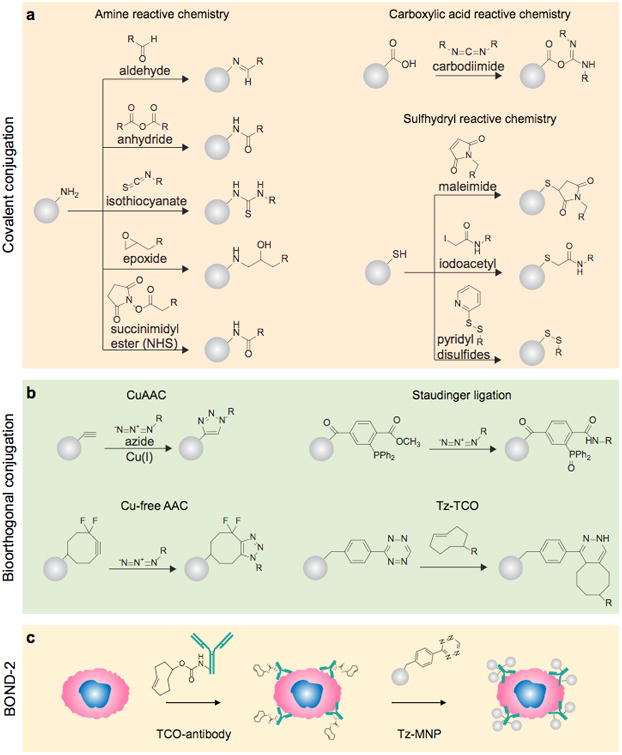Figure 17. MNP surface conjugation chemistries.

(a) Schematic illustration of covalent conjugation strategies, including amine, carboxylic acid, and sulfhydryl reactive chemistries. (b) Representative bioorthogonal covalent conjugation chemistries. CuAAC, Cu(I)-mediated [3 + 2] azide-alkyne cycloaddition; Tz, teterazine; and TCO, trans-cyclooctene. (c) The schematics of the bioorthogonal nanoparticle detection (BOND) technique, which utilizes Tz-TCO cycloaddition as the conjugation mechanism. Antibodies are modified with TCO and used as scaffolds to label more Tz modified MNPs onto target cells.
